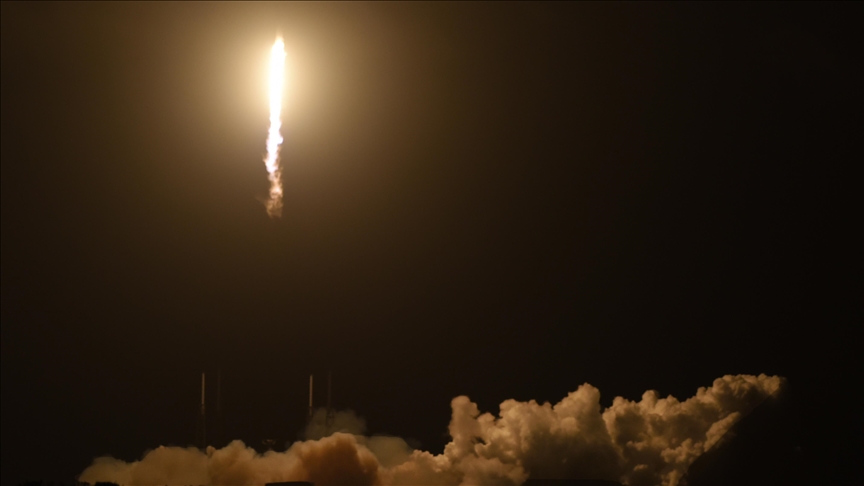
Urbanization, heat taking heavy toll on wild animals: Expert
Mammals shifting most of their activities to night to escape urban heat island effect caused by climate change, says academic
By Yesim Yuksel
ISTANBUL (AA) – Numerous species of wildlife, whose habitats have been destroyed due to urbanization, are losing their lives as they cannot adapt to the extreme heat, according to an expert.
Human-induced environmental changes such as climate change, population growth, and deforestation negatively impact wildlife, while the conversion of green areas into residential areas to meet the housing needs of the increasing population is destroying the habitats of living organisms.
According to data from the UN Conference on Trade and Development, 52.2% of the world's population, reaching eight billion in 2022 with a 2.1 billion increase over the past 25 years, is living in urban areas.
A study conducted by Professor Cagan Sekercioglu, a faculty member at Utah and Koc universities, evaluated data from 20 cities in the US and Canada.
A scientific team, of which Sekercioglu is a member, examined over 20,000 images captured by camera traps placed at 725 locations in these cities.
The study, published in the journal Nature Ecology & Evolution, addresses the pressure exerted by urbanization and climate change, along with the increasing temperature, on mammal species in North America.
- Heat island effect
Speaking to Anadolu, Sekercioglu stressed that the negative impact of urbanization is more pronounced in animals living in hot cities.
"This exacerbates the effect of climate change because the elimination of trees with concrete and asphalt in cities creates the heat island effect,” said Sekercioglu.
“We have created islands of concrete and asphalt that retain more heat. Mammals have shifted most of their activities to the night because they want to stay away from humans, and escape a bit more from the heat island effect increased by climate change,” Sekercioglu noted.
“We observed that animals living in greener cities further north are less affected, but many mammal species still cannot live in cities," she explained.
Sekercioglu emphasized that as the percentage of green areas decreases, fewer animals can survive, adding: "Species that adapt to cities are in the minority, but we can make cities much more livable.”
Wolves, for example, cannot live in the city no matter what you do, but to increase the number of animals that can live in the city, it is necessary to increase the area of city parks, preserve the vegetation in its natural state, and grow and protect natural species there, she pointed out.
She also addressed the impact of increasing temperatures due to climate change on animals.
"Many animal species can die from direct heat shock in extreme heat. They reduce their activities because they cannot move in very hot times, and their feeding times decrease,” according to Sekercioglu.
If these animals live in the city and are confined to a narrow green area, without a place to go due to the effects of global warming and climate change, they completely disappear in that area, she added.
*Writing by Zehra Nur Duz
Kaynak:![]()
This news has been read 596 times in total




Türkçe karakter kullanılmayan ve büyük harflerle yazılmış yorumlar onaylanmamaktadır.